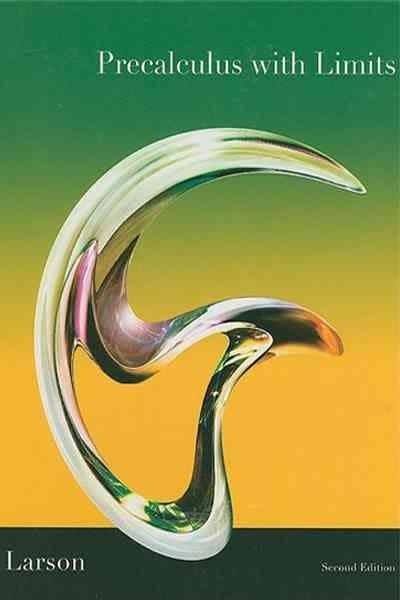Answered step by step
Verified Expert Solution
Question
1 Approved Answer
(10 points) Suppose that f(x) = 3x2 1n(x), x > 0. (A) List all the critical values of f(x). Note: If there are no critical




Step by Step Solution
There are 3 Steps involved in it
Step: 1

Get Instant Access to Expert-Tailored Solutions
See step-by-step solutions with expert insights and AI powered tools for academic success
Step: 2

Step: 3

Ace Your Homework with AI
Get the answers you need in no time with our AI-driven, step-by-step assistance
Get Started


